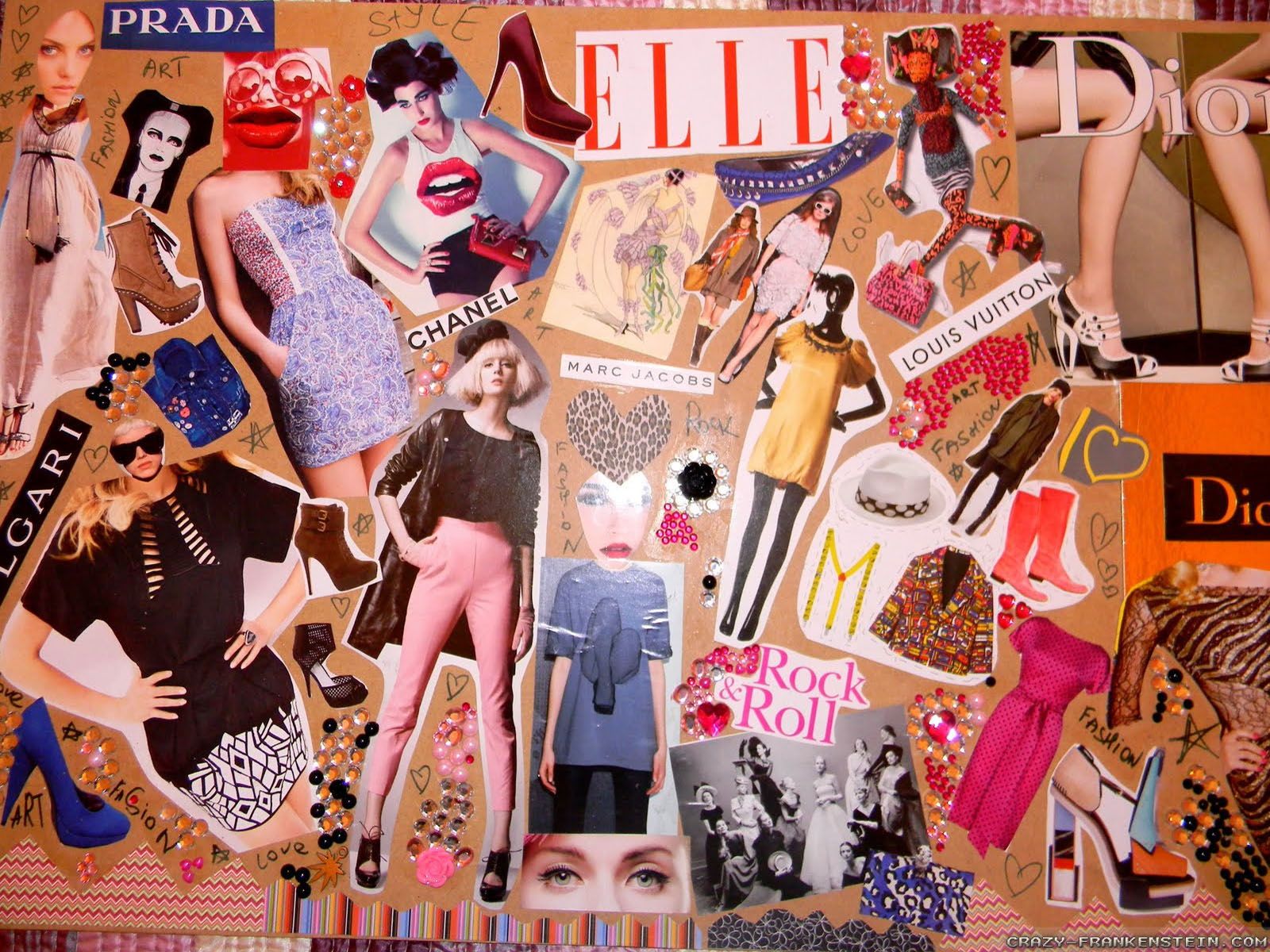Fashion is often seen as something surface-level—just clothing, colors, or what celebrities wear. But it goes much deeper than that. Fashion reflects society, culture, identity, and even economics. It’s one of the most dynamic industries in the world and touches almost every part of our daily lives, whether we realize it or not.
In this blog post, we’ll take a straightforward look at what fashion really is, how it evolves, and why it continues to matter—not just to designers, but to anyone who gets dressed in the morning.
What Fashion Actually Is
Fashion isn’t just about designer labels or seasonal trends. At its core, fashion is the way people express themselves through clothing, footwear, and accessories. It includes how styles change over time, how people choose what to wear, and how those choices reflect their identity and culture.
The fashion industry includes a wide range of areas, such as:
- Design – Creating the look and feel of clothing and accessories.
- Production – Manufacturing items, often on a large scale.
- Retail – Selling fashion items in stores or online.
- Marketing and Branding – Promoting collections and building a label’s identity.
- Trend Forecasting – Predicting what styles will be popular in the future.
Interestingly, non-fashion items can influence fashion trends. For example, the look and packaging of lifestyle products like a triple berry vape have inspired color palettes and graphics in youth streetwear collections. This crossover between lifestyle and fashion continues to grow.

How Fashion Trends Start and Spread
Fashion trends don’t appear out of nowhere. They usually start with a small group—designers, celebrities, or influencers—and then spread through media, retail, and social networks.
Here’s a basic breakdown of how trends move:
- High Fashion (Haute Couture) – Trends often begin with designers during fashion weeks in Paris, Milan, New York, and London.
- Celebrity and Influencer Adoption – When famous personalities wear something new, it can quickly gain attention.
- Fast Fashion Retailers – Brands like Zara or H&M replicate trends quickly, making them accessible to a broader audience.
- Street Style and Everyday Wear – Once people start wearing the style on the street, it becomes part of everyday fashion culture.
Some trends fade quickly, while others stick around and become wardrobe staples. Jeans, sneakers, and t-shirts were all once trends—now they’re essentials.
Fashion and Identity
What we wear says a lot about us. Fashion can reflect personality, beliefs, cultural background, or simply the mood of the day.
People use fashion to:
- Show individuality – Mixing styles to stand out or feel unique.
- Blend in with a group – Dressing like peers or following community norms.
- Express emotions – Bright colors might show confidence; darker tones can reflect seriousness.
- Celebrate heritage – Traditional clothing worn for cultural or religious reasons.
Modern fashion often pulls inspiration from subcultures. Items from niche scenes, like the popularity of thevicky raz bar in youth communities, can sometimes influence what ends up in mainstream fashion lines—especially in streetwear.
Fashion and Sustainability
Fashion has a major environmental footprint. From the water used in cotton production to the waste generated by fast fashion, the industry is under pressure to become more sustainable.
Key sustainability issues include:
- Overproduction – Many brands produce more clothing than is sold, leading to waste.
- Waste Management – A lot of discarded clothing ends up in landfills.
- Chemical Use – Dyes and finishes can be harmful to the environment.
- Labor Practices – Workers in some countries are underpaid and overworked.
In response, many brands are focusing on:
- Using recycled or organic materials
- Creating “slow fashion” collections that focus on quality over quantity
- Encouraging customers to repair or donate clothing
- Offering take-back or recycling programs
Consumers are also becoming more aware and are making choices based on environmental impact, not just price or style.
Technology’s Role in Fashion
Technology continues to change how we design, produce, and shop for clothes.
Some of the biggest changes include:
- 3D Design Software – Allows designers to create digital clothing samples, saving time and material.
- Online Shopping and Virtual Try-Ons – AI and AR help people see how clothing fits before they buy.
- Data-Driven Design – Brands use customer data to create designs that match what people want.
- Smart Fabrics – Materials that react to temperature, moisture, or movement.
The digital influence on fashion isn’t just limited to clothing. The sleek and futuristic design elements from products like the raz vape tn9000 have influenced the aesthetics of accessories, bags, and even sneaker design.
Why Fashion Still Matters
It’s easy to think fashion is just for models, celebrities, or people in big cities. But everyone participates in fashion—whether they follow trends or not.
Fashion matters because:
- It reflects the times we live in—politics, culture, and values.
- It helps people feel confident and express who they are.
- It supports a global economy with millions of jobs worldwide.
- It evolves constantly, making space for innovation, creativity, and dialogue.
You don’t have to be obsessed with style to appreciate fashion. Just being aware of what you wear, where it comes from, and what it represents can help you connect more deeply with your own choices—and with the world around you.
Fashion isn’t about having the most expensive shoes or keeping up with every trend. It’s about understanding how clothing plays a role in everyday life, culture, and even business. Whether you’re a fashion enthusiast or just trying to define your personal style, the fashion world has something for everyone.

